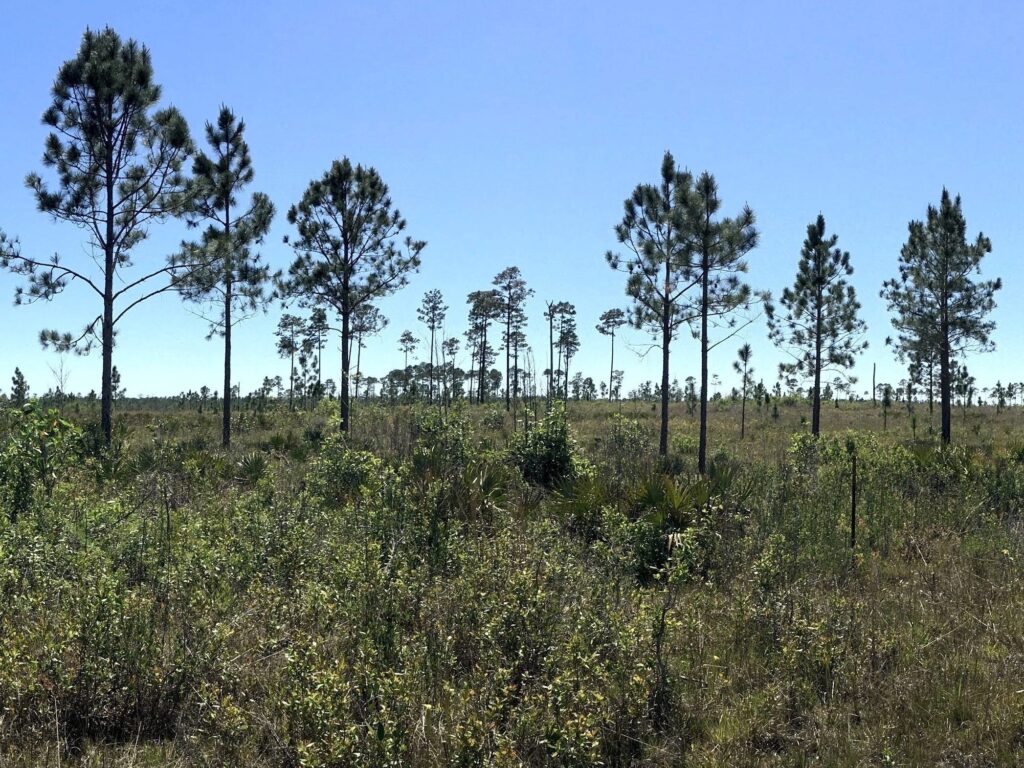This piece was originally published in Reason.
Over the past decade, a shy frog has been involved in one of the most high-profile legal cases involving an endangered species. On Monday, after more than a year of weighing proposals and public comments, the Department of the Interior unveiled several changes to the way it implements the Endangered Species Act.
In July, an eight-year legal saga involving the dusky gopher frog came to a close when the Fish and Wildlife Service agreed to remove the property of Edward Poitevent, a Louisiana landowner, from its “critical habitat designation” for the species. The designation delineates areas that are important for the recovery of a species, but often comes with burdensome land-use restrictions.
In 2011, the government included about 1,500 acres of Poitevent’s property because the land encompasses several rare ponds conducive to the frog’s breeding needs. Yet the government admitted “the surrounding uplands are poor-quality terrestrial habitat for dusky gopher frogs” because they lack the particular timber ecosystem the amphibian requires. Moreover, the frog has not been documented in the state for half a century—the surviving population, which numbers about 150, is in southern Mississippi.
It’s no surprise that Poitevent and his family weren’t interested in trying to help recover the frog, which would have been a costly, laborious, and uncertain endeavor of its own. The government’s own estimate found that the designation could have cost the Poitevents up to $34 million in lost development value. In deciding Weyerhaeuser Co. v. U.S. Fish and Wildlife Service last November, the Supreme Court unanimously ruled that the government agency had overstepped its bounds by including the 1,500 acres in its designation. The justices essentially declared that an area must actually be habitable to be designated as critical habitat for the species in question.
When the Endangered Species Act pits rare species against the people who own habitats that could help in their recovery, no one wins. That’s why the policy tweaks announced this week are sensible.
The department’s revised regulations clarify that “areas where threatened or endangered species are present at the time of listing be evaluated first before unoccupied areas are considered.” The aim is to reduce “the potential for additional regulatory burden that results from a designation when species are not present in an area.”
When I met Poitevent in 2018, he was miffed that the government would designate his land as “potential backup habitat,” as he phrased it. “They don’t use that phrase exactly,” he said, “but that’s what it is. But so is your backyard. You’re not gonna spend enough money to turn it into [a] frog habitat. So how does this benefit the frog? It doesn’t, and it won’t. Yet all they tell you is they need our land to save the frog.”
The revisions also explain that for unoccupied areas to be designated as critical habitat, they must “contain one or more of the physical or biological features essential to the species’ conservation.” For instance, a more deft designation that included the rare ponds in Louisiana yet excluded the “poor-quality terrestrial habitat” that surrounded them might have survived Supreme Court scrutiny in Weyerhaeuser.
Critical habitat designations can threaten property values or tie landowners’ hands by limiting land uses, and legal disputes often leave all sides frustrated when they drag on for years. Even if a tract of land might conceivably qualify as “backup” habitat, when a rare species doesn’t inhabit the area it makes sense to focus scarce recovery resources in places where they have a better chance of succeeding.
The dusky gopher frog went all the way to the Supreme Court, yet the end result of the legal battle seems not to have benefited the species in any tangible way. Perhaps the time, energy, and money exerted on the case could have been better spent in Old Fort Bayou, Mississippi, where biologists from the Nature Conservancy have had their boots in the mud working to recover the frog for more than a decade.
Hopefully this change to endangered species policy will avoid similar conflicts with landowners—and give them better incentives to become partners in efforts to conserve imperiled wildlife.




